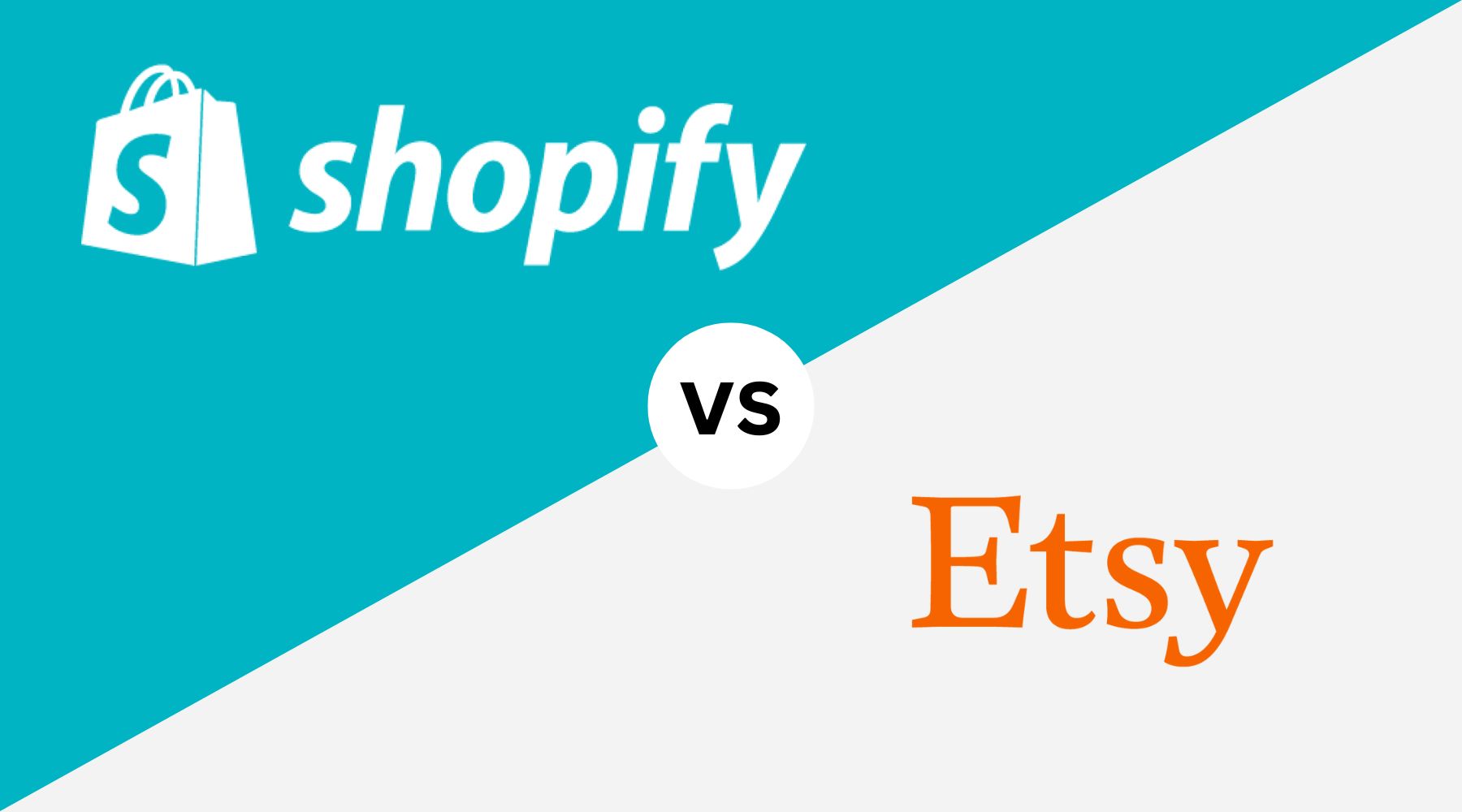Etsy provides minimal marketing functionality. You can run on-platform ads and offer coupons or restock alerts. Email marketing, however, is not native and you don’t own your customer list unless you use Etsy Pattern (a paid add-on). SEO is mostly limited to titles, tags, and descriptions. There’s no access to structured data or technical SEO features.
Shopify provides much more freedom. You get access to robust blogging tools, customizable meta titles, automatic sitemaps, and schema markup which is essential for organic visibility. Email marketing can be done via integrated apps or Shopify Email, and you fully own your subscriber list.
Combined with detailed analytics and customer segmentation, this gives you full control over your marketing funnel.
If your growth strategy relies on building relationships, running campaigns, and improving search performance, Shopify’s infrastructure is far more flexible. Our comparison between Shopify Plus and NetSuite explores how Shopify enables more direct and data-rich marketing operations.
B2B & Scaling Options
If you’re planning to scale, whether through higher order volumes, international expansion, or even B2B, the flexibility of your platform matters. Some tools are built for hobbyists, others for growing brands. Etsy was originally designed for individual sellers with small product ranges.
Its structure isn’t optimized for business-to-business use cases. You can’t define custom pricing per client, manage tiered customer roles, or implement net payment terms. Bulk ordering and restricted access to product groups are also out of scope.
In contrast, Shopify is designed to grow with your business. From small DTC brands to enterprise retailers, the system can support advanced setups.
With Shopify Plus, you can build B2B storefronts that mirror your brand experience, while managing:
- pricing rules,
- tax exemptions,
- customer logins, and
- custom catalogs.
Whether you sell directly to consumers or serve wholesale clients on separate terms, the backend remains unified.
You also benefit from greater freedom in workflows, app integrations, and API access, giving your developers more control over automations, inventory logic, or ERP links. For a deeper comparison of B2B capabilities across platforms, explore our article on Zoey vs Shopify Plus.
Checkout Experience & Conversion Optimization
Checkout performance is a critical conversion lever. From loading speed to trust indicators and layout flexibility. The final step in the funnel can make or break your sale.
Etsy offers a standardized checkout experience. It’s familiar and secure, but rigid. You can’t adjust the steps, add upsells, or control how elements are displayed. The trust factor is high, especially for new sellers, but the lack of customization can limit your ability to optimize AOV or streamline workflows.
With Shopify, the checkout is more flexible, especially on the Plus plan. You can implement upselling logic, customize fields, control the look and feel, and use one-page checkouts to reduce friction. Plus, the speed is optimized for mobile devices, which is crucial as mobile shopping continues to dominate.
Built-in features like Shop Pay accelerate repeat purchases and increase trust through brand consistency and saved payment methods. If you're aiming to fine-tune every aspect of your customer journey, our Shopify Advanced vs Shopify Plus breakdown shows what’s possible at different plan levels.
Comparison: B2B Features & Checkout Experience:
|
Feature |
Etsy |
Shopify (incl. Plus) |
|
B2B functionality |
Not available |
Built-in B2B tools with Shopify Plus |
|
Custom pricing per customer group |
Not possible |
Yes (only with Shopify Plus) |
|
Multiple storefronts |
One shop per seller |
Multi-store setup possible |
|
Customer roles & login areas |
Not supported |
Available (via apps or Shopify Plus) |
|
Checkout customization |
Not supported |
Yes, especially with Shopify Plus |
|
Checkout speed |
Good, but standardized |
Optimized for mobile and scale |
|
Upselling in checkout |
Not available |
Yes, via apps or scripts |
|
Mobile UX |
Standard design |
Fully customizable and responsive |
|
Trust signals |
Strong due to Etsy branding |
Fully brand-controlled |
|
API & automation |
Limited |
Extensive integration and automation options |

Support, Security & Compliance
When choosing an eCommerce platform, it’s not just about features or design. You also need to trust that your infrastructure is secure, reliable, and supported when it matters.
- Customer Support: Etsy offers help primarily via email and an online help center. While it advertises multiple contact options, real-time support is limited, and sellers often report long response times—especially during peak seasons or urgent issues. By contrast, Shopify offers 24/7 support across multiple channels, including live chat, email, and phone. Merchants on Shopify Plus benefit from even more tailored assistance through Launch Engineers and priority support. This is especially helpful during migrations or custom builds, where strategic input can make a real difference.
- Security & Compliance: Both platforms are PCI-DSS compliant, ensuring secure payment processing. However, Shopify provides more transparency around data handling and GDPR compliance. Merchants can customize their privacy settings and access data tools that align with EU regulations.
- Reliability: Etsy maintains solid uptime, but because you operate within a shared marketplace, outages or issues affect everyone. Shopify operates independently hosted storefronts, backed by a robust global infrastructure. With 99.99% uptime and automatic scaling during traffic peaks, your shop stays online even during high-demand events like Black Friday. For brands that require a trusted partner in setup, data privacy, and scaling, our Shopify Plus agency ensures you’re well-supported every step of the way, from technical configuration to compliance management.
Shopify vs Etsy: Which Platform Wins for Your Business?
Both platforms serve very different purposes, and your ideal choice depends on how much control, scalability, and brand identity you need.
If you're just starting out with handmade or vintage products and want instant exposure to a built-in audience, Etsy offers a low-barrier entry. You don’t have to worry about hosting, design, or attracting your first visitors. It’s a solid launchpad, especially for side hustles or niche products.
However, if you’re building a long-term brand or want full ownership over the customer journey, Shopify is the better choice. From scalable infrastructure to advanced customization and multi-channel selling, it gives you the flexibility to grow beyond marketplace limits. You're in charge of design, data, and direct customer relationships, key assets for any modern eCommerce business.
Still not sure which direction to take? Our Wix vs Shopify comparison covers even more use cases and platform insights.








